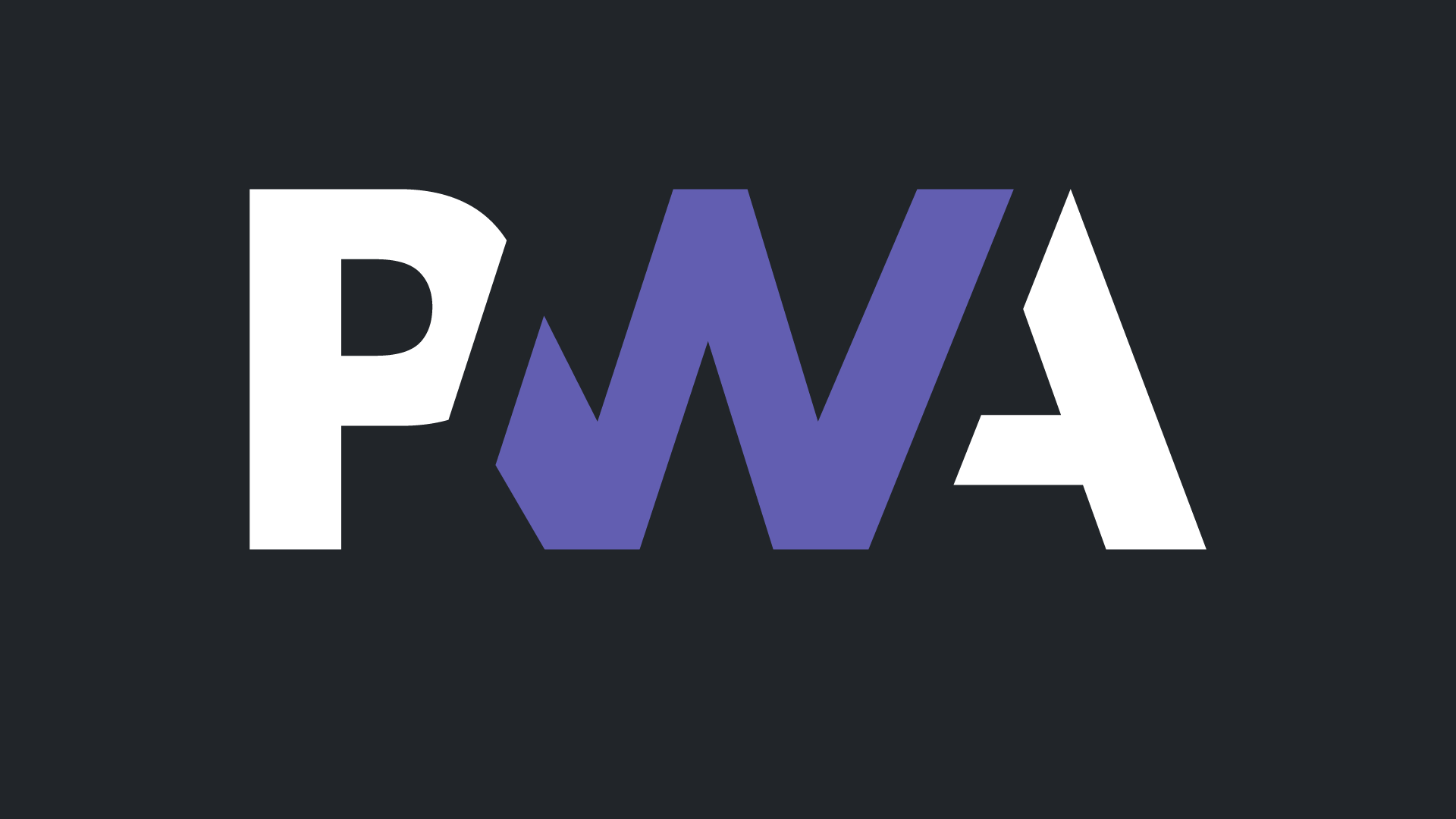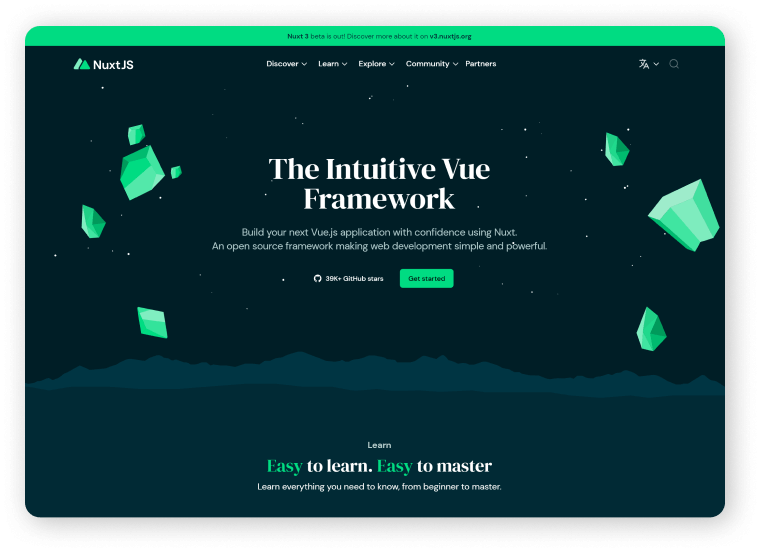Introduction
Front-end development has come a long way, and as technology continues to evolve, new trends and technologies are shaping the future of this field. Staying updated with the latest front-end trends is crucial for developers to create modern, user-friendly, and innovative web experiences. In this article, we will explore some of the most exciting trends and technologies that are shaping the future of front-end development.
Progressive Web Apps (PWAs)
Progressive Web Apps (PWAs) have gained significant traction in recent years, and their popularity is expected to continue growing. PWAs are web applications that offer a native app-like experience to users, including offline capabilities, push notifications, and the ability to be installed on a user's home screen. By leveraging technologies such as Service Workers and Web App Manifests, PWAs provide enhanced performance, reliability, and engagement, blurring the line between web and native apps.

Voice User Interfaces (VUIs)
With the rise of virtual assistants like Siri, Alexa, and Google Assistant, voice user interfaces (VUIs) are becoming increasingly prevalent. Integrating voice commands and interactions into web applications can provide a more natural and convenient user experience. VUIs require a different design and development approach, focusing on speech recognition, natural language processing, and audio feedback. As voice recognition technology improves, incorporating VUIs into front-end development will become more prevalent.

Static Site Generators (SSGs)
Static site generators (SSGs) are gaining popularity due to their simplicity and performance advantages. Unlike traditional content management systems (CMS), SSGs generate static HTML files during the build process, eliminating the need for complex server-side processing. By pre-rendering content, SSGs offer fast-loading websites, improved security, and simplified hosting requirements. Popular SSGs such as Gatsby, Hugo, and Jekyll are empowering developers to build scalable, SEO-friendly, and highly customizable websites.

WebAssembly (Wasm)
WebAssembly (Wasm) is a low-level, binary instruction format that allows running high-performance code on the web. With Wasm, developers can write computationally intensive tasks, such as image editing, video processing, or even gaming applications, using languages like C++, Rust, or Go. By bypassing JavaScript's performance limitations, Wasm opens up new possibilities for front-end developers to build complex applications with near-native performance.

Component-Based Architectures
Component-based architectures have revolutionized front-end development, and their significance will only grow in the future. Frameworks like React, Angular, and Vue have popularized the concept of reusable UI components, enabling developers to build modular, maintainable, and scalable applications. As the ecosystem around component libraries and design systems matures, front-end developers can expect to leverage pre-built components and focus more on composition, customization, and inter-component communication.

CSS-in-JS
CSS-in-JS is an emerging trend that combines CSS and JavaScript together. It allows developers to write CSS styles directly in JavaScript, providing more dynamic and scoped styling solutions. With libraries like Styled Components, Emotion, and JSS, CSS-in-JS enables better encapsulation, theming, and conditional styling, making it easier to manage and reuse styles across a project. As front-end development becomes more component-driven, CSS-in-JS offers a powerful approach to styling individual components.

Conclusion
The future of front-end development holds exciting possibilities. With progressive web apps, voice user interfaces, static site generators, WebAssembly, component-based architectures, and CSS-in-JS, developers have a wealth of tools and technologies to create more engaging, performant, and accessible web experiences. Staying informed about these trends and technologies is crucial for front-end developers to remain competitive and deliver exceptional user experiences. By embracing these advancements, we can shape the future of front-end development and build the web applications of tomorrow.
Thanks for reading! Meet you soon ! ❤️
